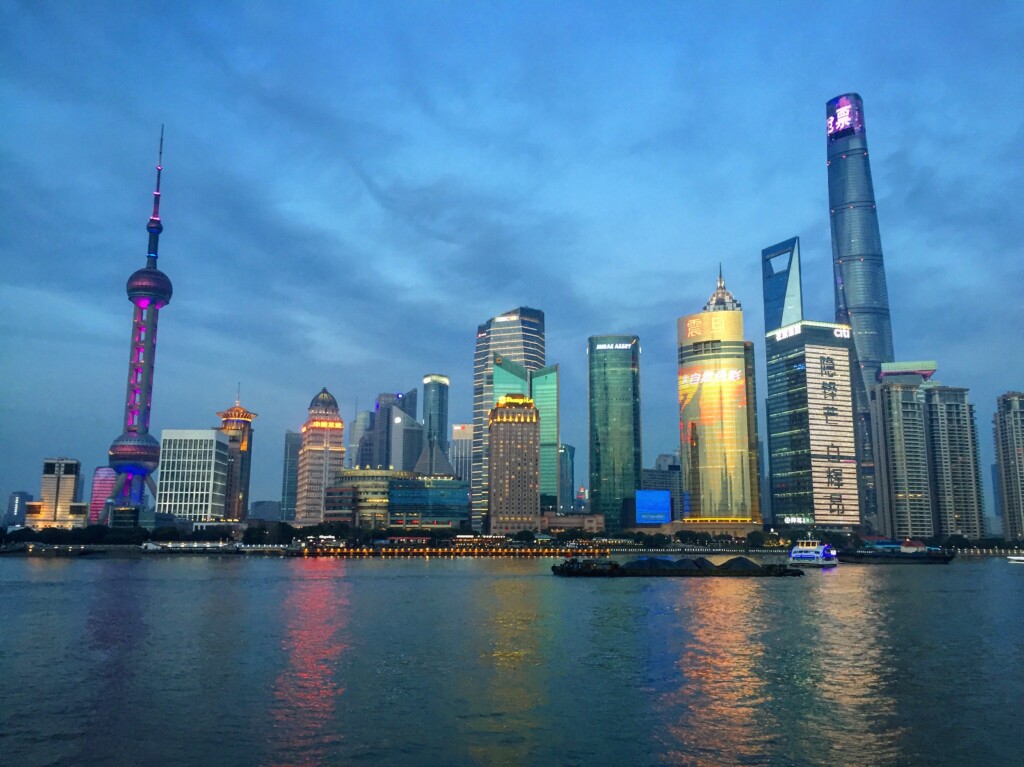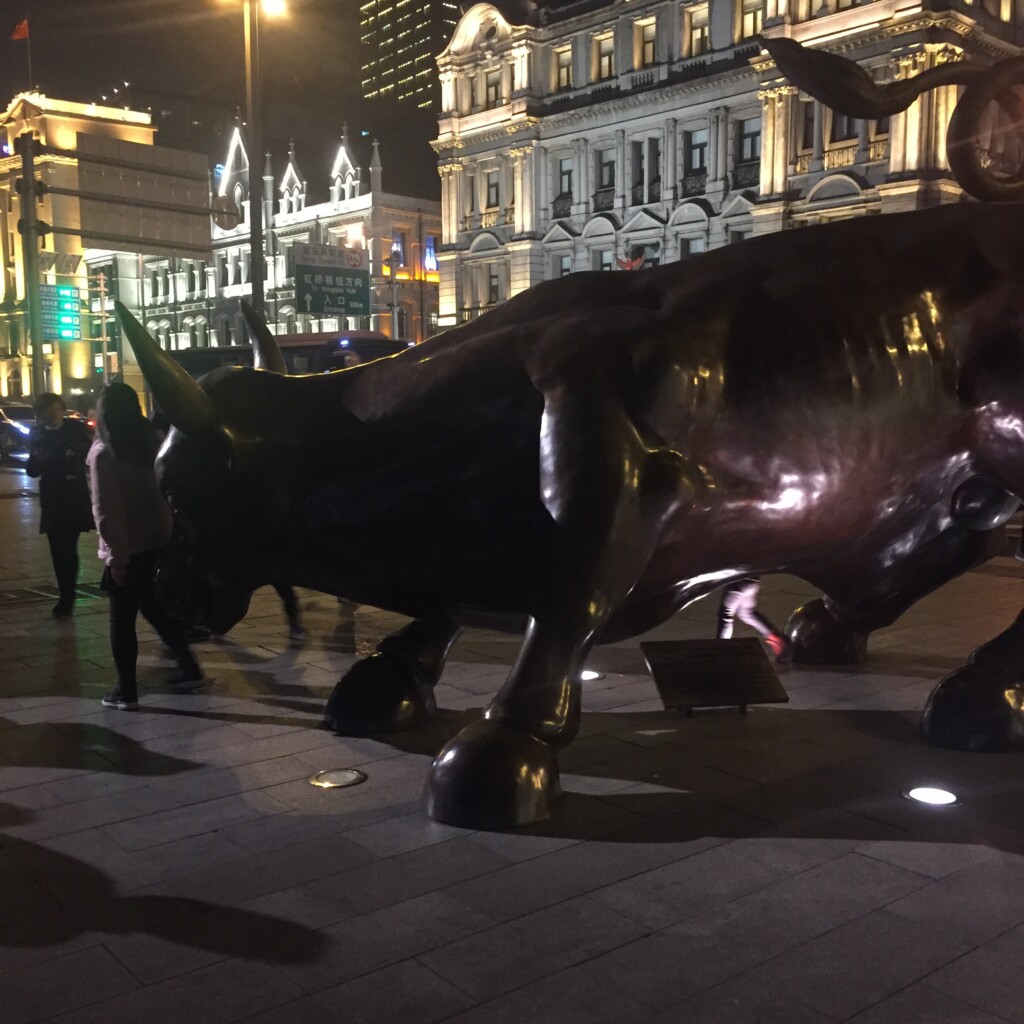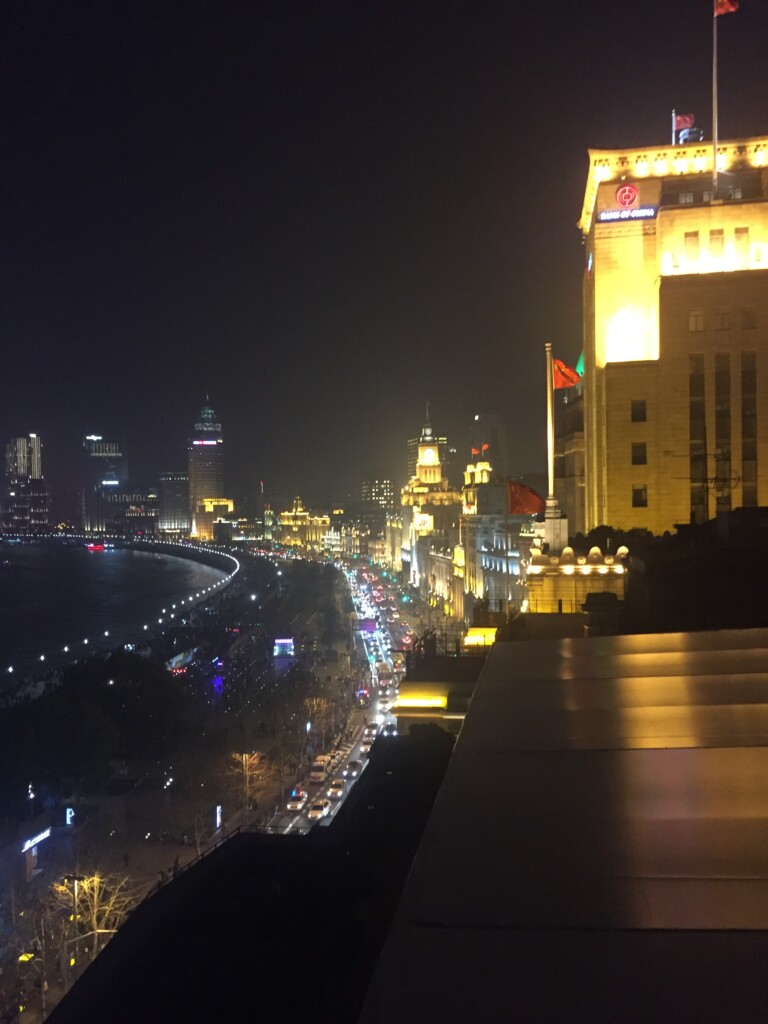After nearly three full years of stifling shutdowns, COVID-19 restrictions, and quarantines that have taken a brutal toll on business and the world’s second-largest economy, China is trying to get back to normal. A big part of that effort is welcoming back tourists. As of January 8th, 2023, China has lifted its quarantine requirement for inbound travelers, hoping to eventually woo back the nearly 150 million people who visited the so-called “Red Dragon” every year. We started our journey here in Shanghai.
The Reopening of Shanghai
That means, slowly but surely, the throngs of travelers will return to the world’s largest city, Shanghai. With 24 million people calling this place home, it’s a bustling metropolis that seamlessly blends ancient history with futuristic architecture. If Shanghai is on your list, we’re breaking down the best of the best attractions—from the famous waterfront to the tip-top of the third tallest building in the world. We even met the man who designed this marvel!

Getting to Shanghai
We were fortunate enough to secure a roundtrip flight from the mainland U.S. to China for a little over five hundred dollars pre-pandemic. Shanghai, both an ancient trading port and a modern hub for finance, culture, fashion, art, and design, beckoned us. When night falls on the river, the city truly comes alive with a stunning light show, its neon skyscrapers casting an otherworldly glow over a downtown that, for all intents and purposes, didn’t even exist 30 years ago.
The Shanghai Tower
Our first must-see stop: Shanghai Tower. Standing 128 stories high, this megastructure was topped out 10 years ago and features elevators that whisk you to the top at 50 miles per hour. From the observation deck, you can gaze down on what looks like a miniature city, with people and buildings appearing tiny from such a height. Every view from every pane of glass will leave you slack-jawed from the 118th floor. While this is the third tallest building in the world, this is the highest observation deck. Unlike the Burj Khalifa, this is all indoors. So those afraid of heights, like Sean, can hopefully handle it a little better.
Designed by an American architecture firm, the Shanghai Tower is a marvel of modern engineering. We even had the chance to meet the architect who brought this vision to life. “Great design comes from your perceptions and your own experience of life,” he told us. Though he studied architecture in the United States, he returned to Shanghai to create this goliath, stretching more than two thousand feet into the air.
If you’re lucky enough to visit Shanghai, put the Shanghai Tower at the top of your to-do list.

The Bund
Next on our list of Shanghai’s best attractions is The Bund. This waterfront area offers the best views of the downtown light show, from the Oriental Pearl TV Tower to the Shanghai Tower. If you want the best view of the Shanghai skyline, this is the spot to be. Since the 1840s, people have gathered here to take in the history, culture, and tradition of the city. It’s the perfect spot for photos, flanked by neo-classical buildings and bustling with activity.

This is a popular spot amongst tourists, filled with shops and restaurants. One of our favorite spots to grab a drink was the House of Roosevelt. Yes, sharing the name of former U.S. President Teddy Roosevelt. This was a top spot for us to visit, as it appeared years ago on Parts Unknown, with Anthony Bourdain. The views from the Sky Bar were fantastic. They temporarily closed back in January 2024, but hopefully opens back up soon. There’s a number of other locations to check out nearby. You won’t want to stop taking in the moment right here on The Bund.

The Bund Sightseeing Tunnel
Connecting The Bund to downtown Shanghai, also known as the Pudong District, is the Bund Sightseeing Tunnel. This tourist attraction is one of the weirdest things we found in Shanghai. A transparent rail line moves you slowly under the river while you take in a trippy, colorful, psychedelic light show complete with strange sound effects. It’s overpriced, the ride is short, and you’ll likely find yourself asking, “What did I just experience?” But it’ll have you talking long after you leave Shanghai, making it worth the price of admission.

The Old City and Yu Garden
Next up on our best-of list is Shanghai’s Old City and Yu, or Happiness, Garden. Dating back more than 400 years, this five-acre garden features ancient architecture, beautiful landscapes, and stunning scenery. It’s like stepping into a vision of old-world China, with pavilions and pagodas that transport you back in time.
Originally the private garden of the Pan family during the Ming Dynasty, Yu Garden is a tranquil escape in the midst of Shanghai’s 24 million residents. Spend a couple of hours here, and you’ll feel a deep connection to the city’s rich history.

The Yuyuan Bazaar
After exploring the garden, head to the Yuyuan Bazaar nearby. This bustling market is a great place to find a restaurant, tea house, or souvenir shop. Beneath a canopy of red paper lanterns, you’ll discover a vibrant part of Shanghai’s culture. We found these lanterns floating over a temple at the end of the old city, where visitors left oranges and apples as offerings. In Asia, oranges symbolize prayers for good fortune.
Outside the temple, the air is filled with the scent of incense. Buddhists believe the smell evokes the presence of divinities, adding a spiritual dimension to your visit.

The Path to Recovery
After the last three years, China needs all the incense, oranges, and apples it can muster. The country has endured some of the most restrictive COVID-19 measures on the planet, but it’s now trying to change things. By reopening to tourists, China hopes to get its economy back on track. And places like Shanghai are top places to bring the tourists back.
Conclusion
Traveling to China is a decision based on your own comfort level, but based on what we saw in Shanghai, you won’t regret making the trip. This city, where East and West, old and new, progressive and traditional collide, offers an unparalleled experience. On the banks of a river that glows with the reflection of decades of progress, Shanghai stands resilient, ready to welcome the world once more.

